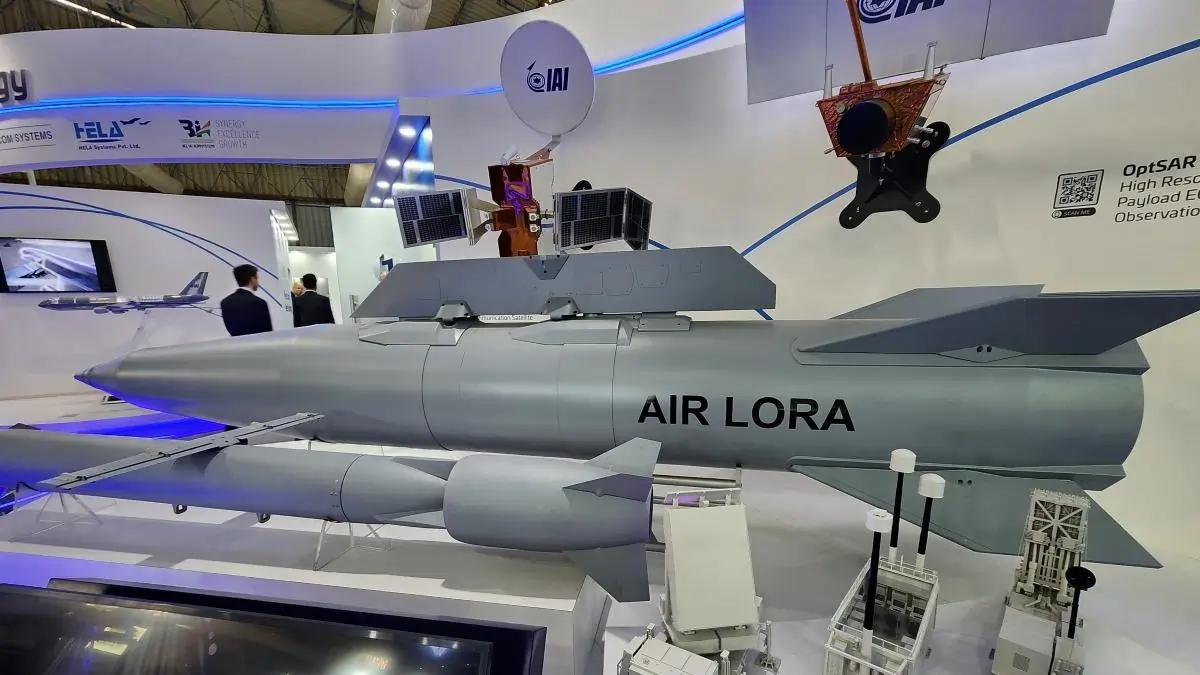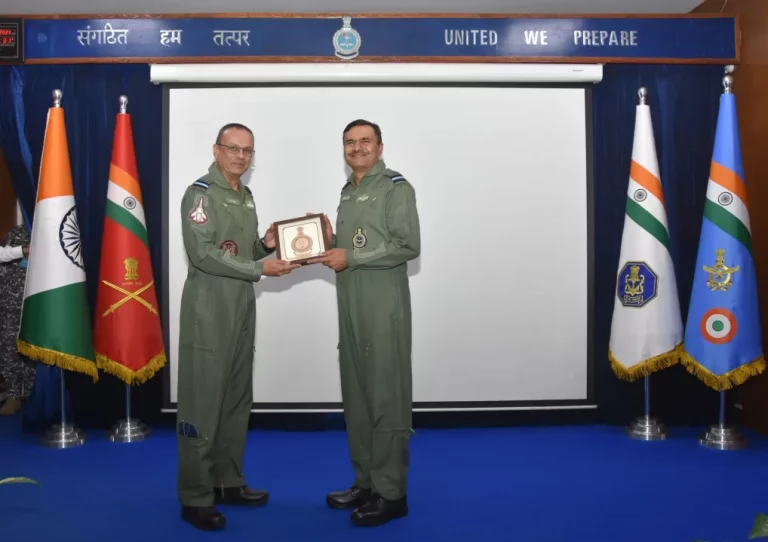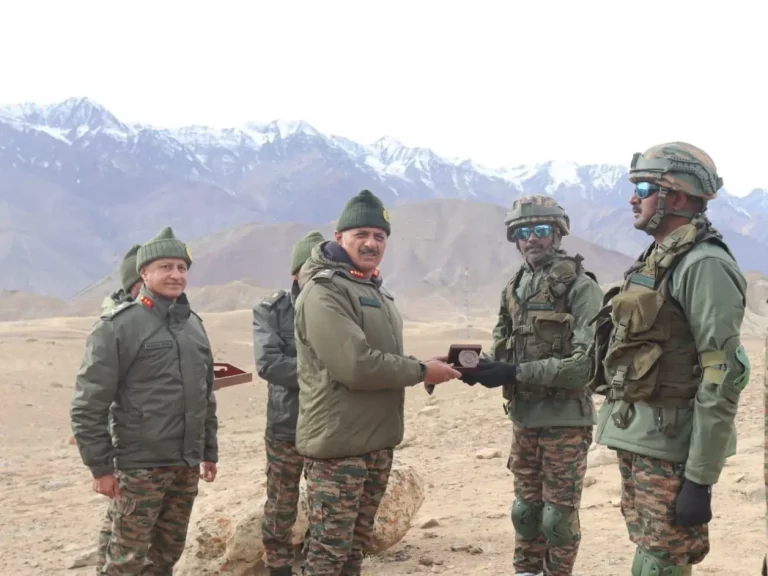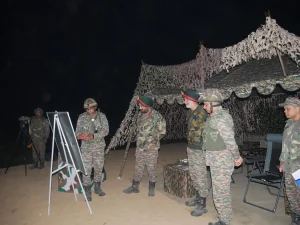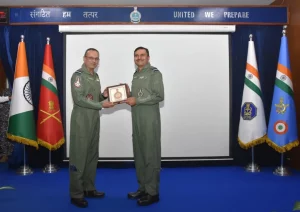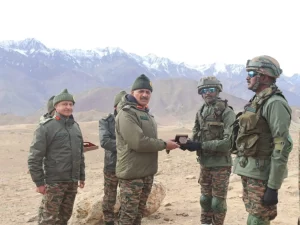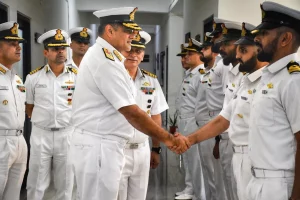In a significant move towards enhancing India’s defense capabilities and self-reliance, the Ministry of Defence has secured a comprehensive technology transfer (ToT) agreement from Israel for two advanced missile systems: the Air Lora quasi-ballistic missile and the Ice Breaker smart cruise missile. This agreement, which marks a pivotal moment in Indo-Israeli strategic cooperation, grants India full access to design blueprints, seeker technology, system architecture, and manufacturing processes for these next-generation systems.
A confidential delegation from India recently completed a high-level visit to Israel, paving the way for the domestic production of these sophisticated missile systems. Bharat Electronics Limited (BEL) and Hindustan Aeronautics Limited (HAL) will lead the indigenous manufacturing efforts, working in conjunction with the Defence Research and Development Organisation (DRDO). This initiative aligns with the Atmanirbhar Bharat vision, which aims to bolster India’s missile ecosystem and enhance its defense capabilities.
The acquisition comes at a time of heightened security concerns, particularly due to China’s advanced air defense systems positioned along the Line of Actual Control (LAC) and Pakistan’s increasing reliance on GPS jamming technologies. An example of this was seen during Operation Sindoor in May 2025, where Israel-made Rampage missiles proved effective despite electronic interference, which influenced India’s decision to incorporate the Air Lora and Ice Breaker systems into its arsenal.
The Air Lora missile boasts a range exceeding 400 km and can carry a high-explosive payload of 570 kg, enabling it to effectively target fortified bunkers and command centers with exceptional precision. With a circular error probable (CEP) of less than 10 meters, its quasi-ballistic trajectory allows for erratic flight paths and in-flight target redirection, making it challenging for enemy defenses to intercept.
In contrast, the Ice Breaker, developed by Rafael Advanced Defence Systems, is an AI-enabled cruise missile with a combat radius of over 300 km and a weight of 400 kg. It can be launched from various platforms, including light combat aircraft like TEJAS and carrier-based platforms. It features stealth capabilities, adaptive flight profiles, and autonomous target recognition, enabling it to operate effectively in GPS-denied environments and engage targets with exceptional accuracy.
HAL will focus on integrating the Ice Breaker with Indian aircraft, drawing on its experience from the Astra missile program, while BEL will manage the electronic subsystems and guidance components of both missile systems.
As the Ministry of Defence finalizes the ToT and licensing agreements, secure production will be ensured through a network of both public and private strategic suppliers. Once production stabilizes, India aims to export these missile systems to friendly Indo-Pacific nations, thereby enhancing regional security cooperation and improving its defense export profile.
Estimated to fall under a $20 billion aerospace procurement package, the project will be submitted to the Cabinet Committee on Security for approval by mid-2026, following necessary cost negotiations and milestone assessments.
This technology transfer not only signifies India’s progress from being a defense importer to a technology-producing nation but also underscores increasing international confidence in India’s industrial and scientific capabilities. The partnership signifies a new frontier in indigenous missile innovation, where Indian engineers, scientists, and industries collaborate to design, develop, and deploy cutting-edge missile technologies.
